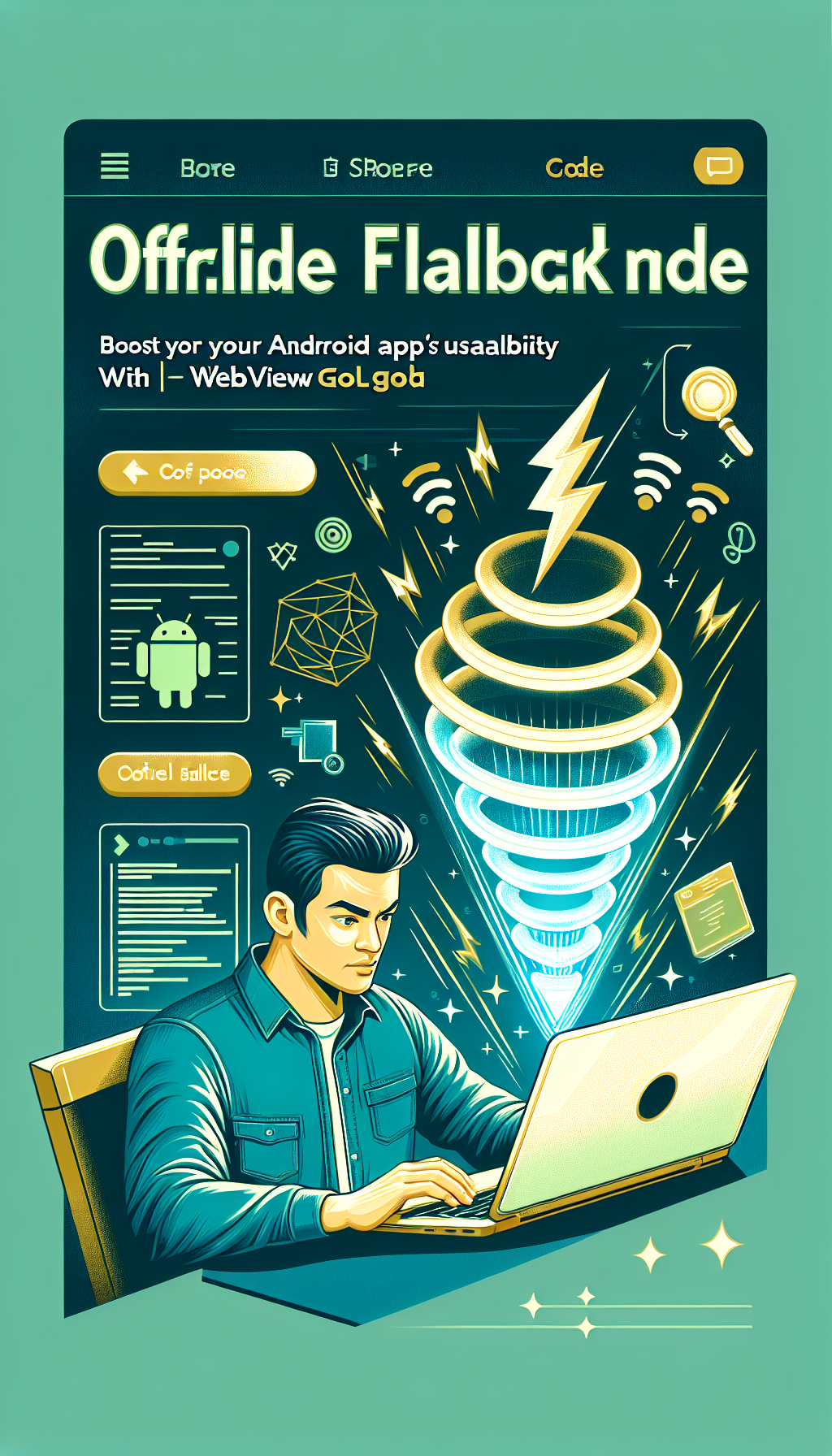
In today’s fast-paced digital world, app users demand constant connectivity and smooth experiences. Yet, internet connectivity can be unpredictable, and many users still bump into no-signal zones. This is where the Offline Fallback Mode becomes a game-changer for Android apps. Let’s explore how you can enhance your Android app’s usability by implementing this feature and how WebViewGold simplifies this process.
Why Offline Fallback Mode Matters
The Offline Fallback Mode in your Android app ensures that users can continue to access essential content even when they aren’t connected to the internet. The benefits include:
1. Improved User Experience: Users no longer face disruptions when losing internet connectivity.
2. Increased Engagement:Enhanced Reputation:: Offering a seamless experience regardless of connectivity contributes positively to user perception.
Steps to Implement Offline Fallback Mode
Implementing an Offline Fallback Mode involves caching key resources so that they are accessible without an active internet connection. Here’s a general outline of the steps:
1. **Identify Critical Resources:** Determine which parts of your app should be available offline, such as text, images, or specific functionalities.
2. **Enable Caching:** Use technologies like Service Workers to cache these resources.
3. **Fallback Logic:** Develop a fallback strategy that tells your app what to display when there’s no internet.
While these steps provide a roadmap, the actual implementation can be time-consuming and complex, especially if you’re starting from scratch.
WebViewGold: A Quick and Simple Solution
Enter WebViewGold – a hassle-free solution for converting websites into Android apps easily. WebViewGold requires no coding skills to create powerful Android apps that just work. One standout feature is its built-in Offline Fallback Mode.
How WebViewGold Simplifies Offline Fallback Mode
WebViewGold‘s Offline Mode feature lets you specify an

Leave a Reply